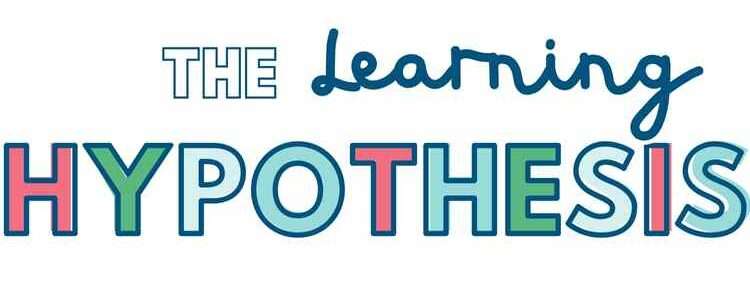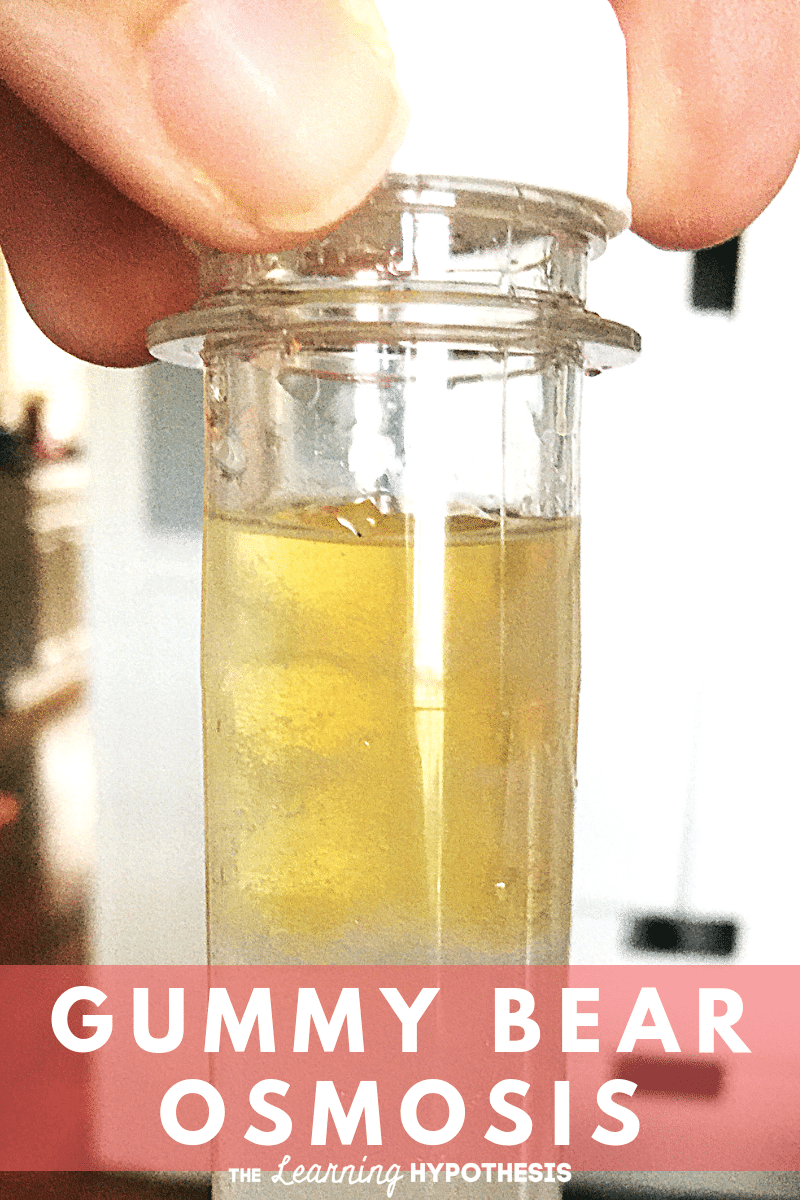My mom and I sat waiting for the results of a biopsy to see if she had the genetic markers that would help us know how to treat her cancer. I couldn’t help but think about how many people must sit waiting for those answers without a basic understanding of genetics or the role it is playing in our healthcare AND how important it is that we are teaching genetics clearly and effectively.
Genetics is no longer something that scientists in white lab coats are discussing over a lab bench. It is mainstream. From discussions about GMOs to MTHFR mutations to BRCA2 genes, genetics has become commonplace in everyday conversations and readings. Students know that DNA is important, but they don’t know why.
Ask students what they know about DNA. The most common answer: it is what we are made of or who we are. That doesn’t sound like a great working knowledge to me. Unfortunately, when we ask parents we get similar answers, although they may also talk about how DNA “runs in families”. We can do better.
Kids and adults need to know the importance of genetics and the research that is going on. This DNA model is a way to
connect students to DNA through fun DNA activities. This post contains affiliate links for your convenience. You can read my full disclosure
here.
Millions of dollars are poured into genetics research every year. We have learned so much and still have more to learn. We are seeing individualized medical programs and protocols being developed to help target treatment of diseases like cancer.
DNA is not just the backbone of our genetic makeup, but it is opening up to be the backbone of many industries including medicine, agriculture, ecology, and psychology just to name a few. Today if you are diagnosed with many diseases you will sit in a room waiting for a genetic test that will help determine the treatment of your disease.
Supplies for DNA Model Project:
Background on DNA
Our DNA houses all the instructions for making the proteins in our body. DNA has the same role in all living things. The formation of proteins from DNA is called the central dogma of biology, because of its universal nature.
We know DNA is important so that means that proteins must be important, right? Right! Proteins make up the majority of the structural and functional components of a living thing. Are you teaching your students the importance of protein?
The cartilage at the end of your nose is mostly protein. The enzymes that are converting food to energy are mostly protein. The machinery used to transport substances across cells? Yep, mostly protein. If any of those are made incorrectly, we could have serious issues that include disease or even death.
DNA is found in your cells. When we look at many cells under a microscope we will usually see a darkly stained center. That dark colored center is called the nucleus and it is where the DNA is found. We need to clearly define everyday terms and phrases like “blank is genetic” or its “in a person’s gene”? Students don’t always realize that is referring to DNA.
The subunits of DNA are nucleotides. Nucleotides are made up of a sugar, phosphate, and a base. There are only 4 bases possible in DNA and they make up the rungs or steps of the twisted staircase shape of DNA. These rungs will always be two bases paired like this: adenine and thymine & guanine and cytosine.
The order of bases is what actually holds the information for making a protein that we call a gene. Each person has different arrangements of DNA bases. This is what makes each person unique.
Need more review?
Looking for more review of Biology Concepts, check out this set of
DNA structure notes and more.
How to Make a DNA Model
Our DNA models are going to be on keychains. Students love the product of this activity, but they may need quite a bit of help at first. I have typically done this activity with freshman and sophmores in high schoool, but our K-6 grade group didn’t have much problem (with a little extra help).
Once they understand the pattern it is pretty easy. Adult supervision is needed for finishing off the ends with the wire cutters and pliers. The kids loving having something cool to attach to their backpack.
Other teachers would stop by to tell me how the kids have all been showing off their DNA. You can purchase DNA models from Amazon that range in price from $15 and up, but I love this hands-on version.
Steps to Make a DNA Keychain
Precut the Wires
- Cut an 18 inch long piece of the heavier gauge wire.
- Cut a 24 inch long piece of the lighter gauge wire
Pick out Beads
- Two colors to be the phosphate and sugar on the sides of the DNA (I almost always pick black and white, but it is up to you)
- Four colors in two groupings to be the bases. (Adenine-Thymine) & (Guanine-Cytosine)
Bend the Wires and Start Building
- Take the thinner wire and bend into a u shape (around the middle).
- Add two beads from a bead pair

- Take the thicker wire and the thinner wire and add the phosphate and sugar beads to both wires.

Add the First Base Pair
- Now add another base pair on one side of the thin wire.

- Feed the other thin wire through the beads from the opposite direction. The wires will cross like laces in a shoe.

- Pull the ends of the wires to put the beads together (don’t pull too tightly)
Add another Phosphate and Sugar
- The thin wire should now be aligned with the thick wire.
- Another phosphate and sugar molecule go onto both wires.

Continue to Build
- Continue steps to add bases to the thin wire and then phosphate and sugar to both wires.
Finish the DNA keychain:
- End with phosphate and sugar beads.
- Wrap the wires around the end bead.

- Snip the wire as close to the bead as possible to avoid sharp edges.
- Flip the top base pairs to the inside of the thicker wire.

- Attach key ring.
- You can lightly twist to represent the shape of DNA in the alpha helix.

If you were wondering…
By the way, my mom didn’t have the markers that would help to identify her best course of treatment. I look forward to the day when personalized medicine is the norm and not the exception.
















